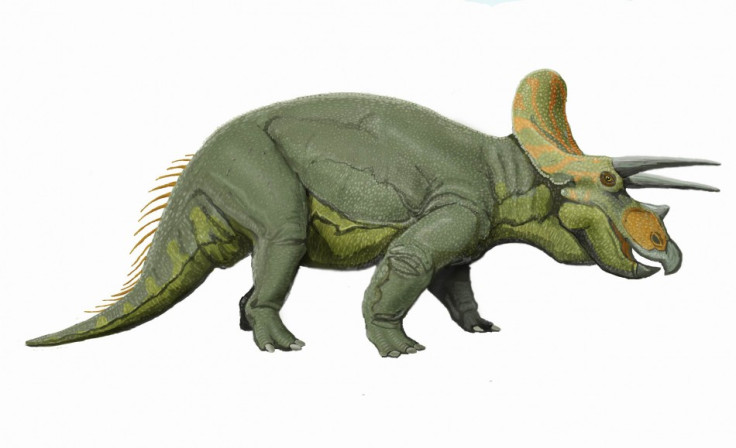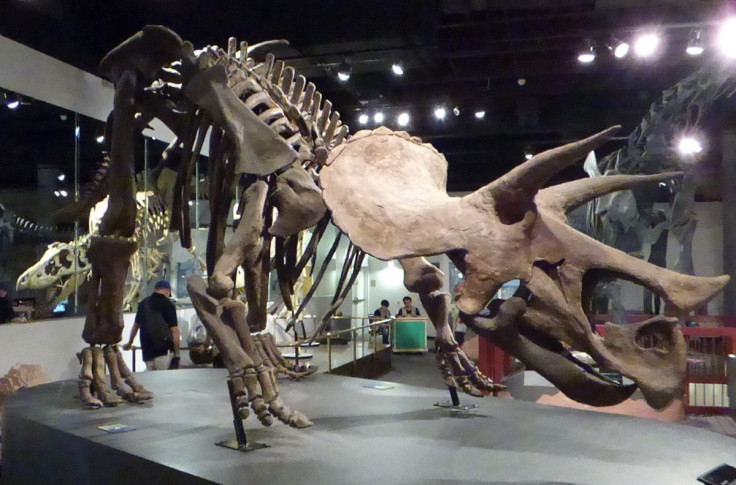Dinosaurs: 66 million years ago triceratops roamed in Mississippi
A tooth of the dinosaur was discovered at Owl Creek.

A fossil tooth of the triceratops or a very close relative has been discovered in the eastern US about 66 to 68 million years ago.
Horned ceratopsid dinosaurs, which include triceratops, were only thought to have lived in the west of the US. At this time, the east and west of the country were divided by a large seaway stretching from the Arctic Ocean to the Gulf of Mexico. It was thought to be big enough to stop dinosaurs crossing from one side to the other.
But the ceratopsids, at least, did make it across to the east. The tooth, from the lower jaw of the dinosaur, was discovered in the Owl Creek Formation in northern Mississippi.
The dinosaur lived in the last days of the Cretaceous Period, which ended 66 million years ago due to an asteroid strike that wiped them out.
"The discovery is shocking because fossils of ceratopsid horned dinosaurs had never been discovered previously from eastern North America. It's certainly the most unique and important vertebrate fossil discovery I've ever made," said study author George Phillips, palaeontology curator at the Museum of Natural Science at the Mississippi Department of Wildlife, Fisheries and Parks.
The find suggests that the seaway dividing the east from the west may have dried up towards the end of the Cretaceous, allowing dinosaurs such as triceratops and Tyrannosaurus rex to travel through.
"I was excited because I knew it was a dinosaur tooth, and dinosaur fossils are rare discoveries east of the Mississippi River," said Phillips, who discovered the fossil.
The authors predict that further investigation in the east of the US will reveal more dinosaurs previously thought to be confined to the west.
"The fossil is small, only the size of a quarter, but it packs a tonne of information," said Andrew Farke of the Raymond M. Alf Museum of Paleontology at The Webb Schools in Claremont, California, also an author of the study.
"The shape of this tooth, with its distinctive split root, is absolutely unique among dinosaurs. We only have the one fossil, but it's more than enough to show that an animal very similar to Triceratops – perhaps even Triceratops itself – made it into eastern North America."
The fossil tooth is described in a paper published in the journal PeerJ.

© Copyright IBTimes 2025. All rights reserved.






















